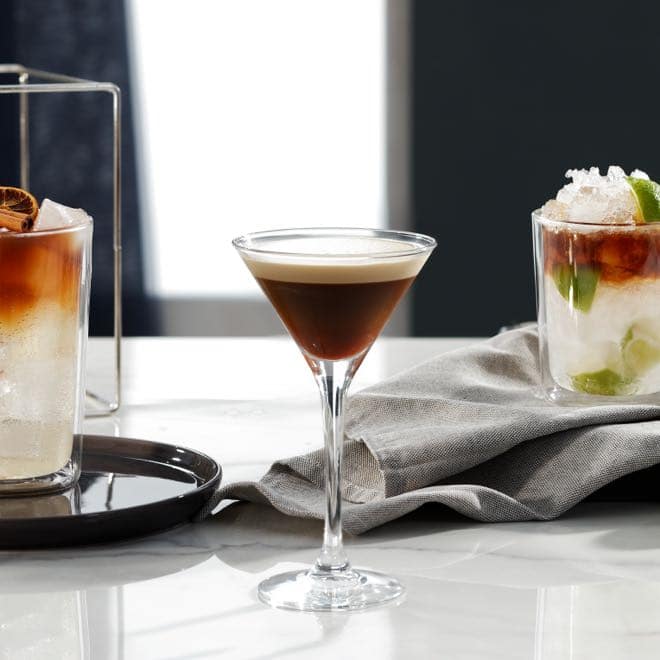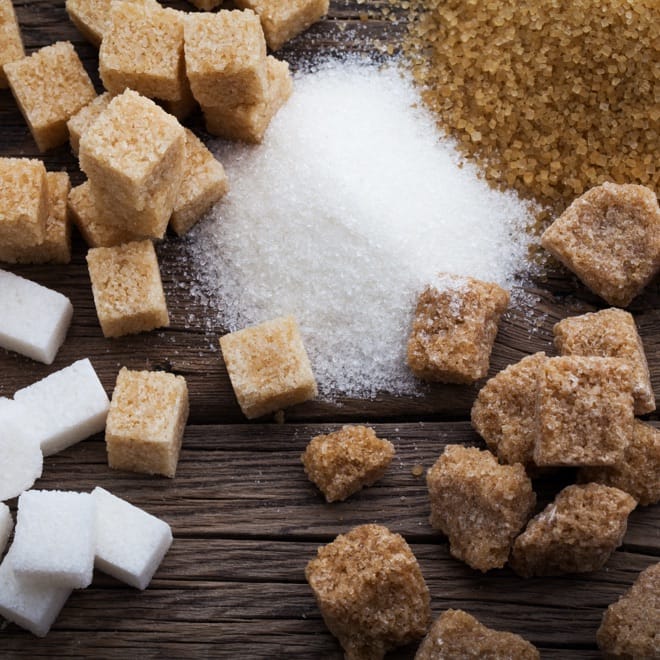We know just two of the world’s 124 known coffee species are harvested for consumption: Arabica and Robusta. Beans come from over 70 countries across Central and South America, Africa, the Middle East, and Southeast Asia. More specifically, the coffee-producing countries are known colloquially as the “coffee belt,” which lies 25° north and 30° south of the equator. These latitudes foster conditions in which coffee plants thrive: mild climate, high humidity, rich soil, ample rainfall, and altitude.
The more refined of the two, Arabica is cultivated at higher altitudes for a longer time, which lets the flavors develop. Alternatively, Robusta packs more caffeine, but the plantings reap higher yields, so the beans tend to comprise lower quality, mass-produced coffee. Furthermore, these species beget countless coffee varieties–all boasting their own particularities that materialize in the cup as well as on the nose and palate. “Defining sweetness and aromas depends on the botanical variety, the process, and the country,” says Sandro Bonacchi, a co-founder of Bfarm, a coffee academy and consulting agency affiliated with the Specialty Coffee Association that’s headquartered near Florence, one of Italy’s coffee capitals. Yet coffee stretches beyond its species.
 Découvrez notre machine à espresso entièrement automatique la plus vendue, maintenant avec fonction infusion froide ! Savourez plus de 50 recettes en une seule touche, dans le confort de votre foyer.
Découvrez notre machine à espresso entièrement automatique la plus vendue, maintenant avec fonction infusion froide ! Savourez plus de 50 recettes en une seule touche, dans le confort de votre foyer.
 Préparez sans effort un espresso de qualité à la maison avec la machine La Specialista Opera – maintenant avec Cold Brew.
Préparez sans effort un espresso de qualité à la maison avec la machine La Specialista Opera – maintenant avec Cold Brew.










